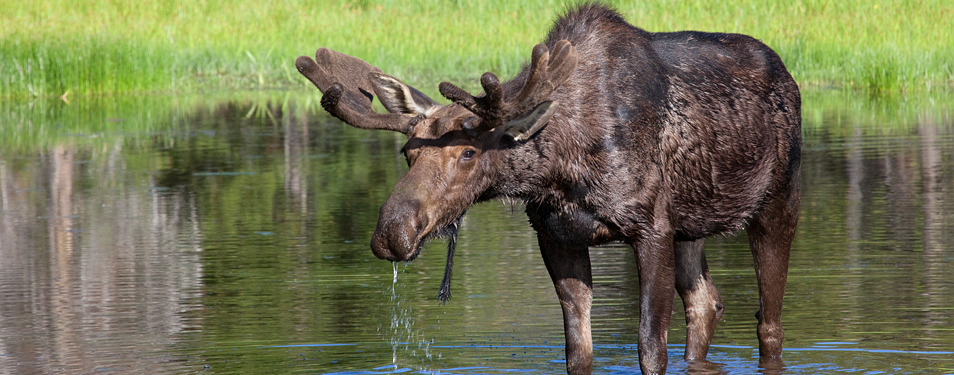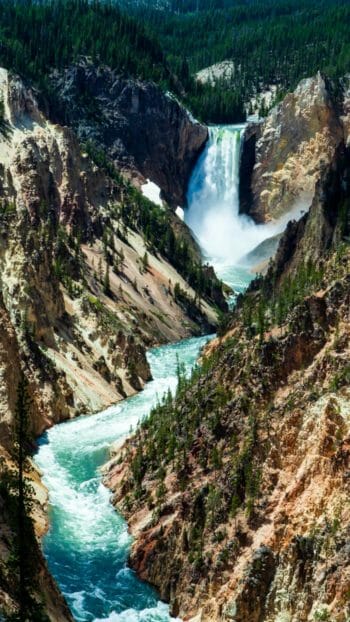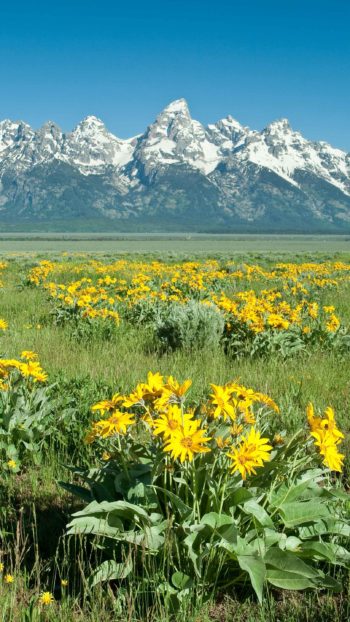Have a Drink on Us | #ReuseWildly
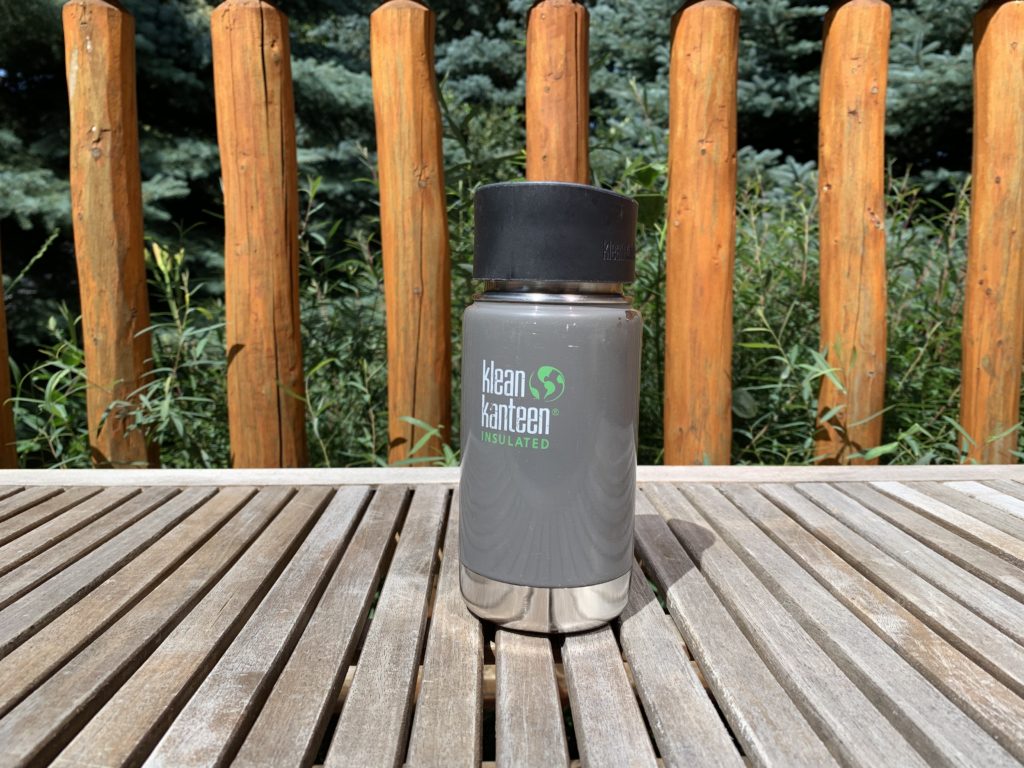
Jackson Hole Wildlife Safaris hosts around 10,000 guests each year. Each one of our guests receives a reusable water bottle at the start of their trip. The idea of weaving sustainability into the operation was there from the beginning in 2007. We knew we had a responsibility to do something to minimize our impact on the Greater Yellowstone Ecosystem. Providing our guests with reusable bottles was a small piece of the operation, but magnified over tens of thousands of guests, has had a much larger impact.
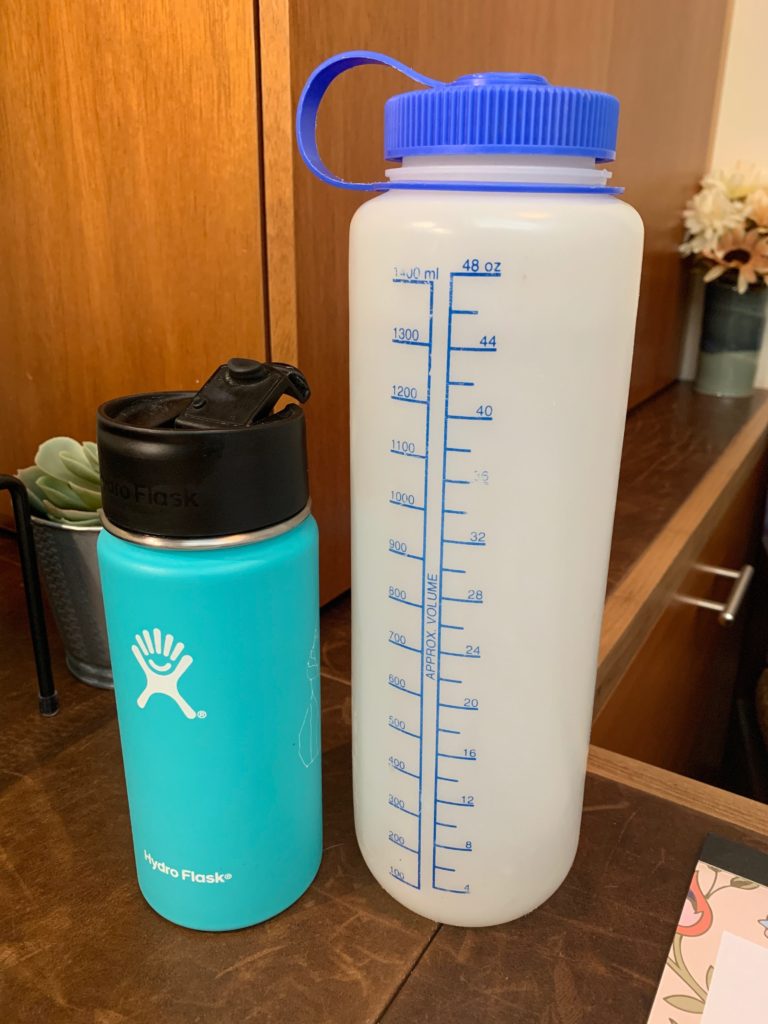
A Plastic Problem…
In the United States, people choose to recycle only 23% of the plastic bottles they use each year. That means that 76% of the single use plastic bottles that COULD be recycled are thrown in landfills. Over 50 billion single use plastic water bottles are sold in the United States every year. That amounts to an average of 13 water bottles per month for every single person in the United States. One reusable water bottle could save 156 single use plastic bottles per year per person. If every person in Wyoming, the least populated state, used one reusable water bottle instead of purchasing any single use plastic water bottles for just one year, it would keep 90 million water bottles out of our local landfills. If the state with the least population can have that much of an impact, what could we accomplish collectively?
In the last few years, humans have achieved a mind-boggling consumption rate of one million plastic bottles per minute globally. Only about 10% of these will end up in a recycling bin, the rest will be destined for the landfill or the ocean. The far-reaching implications of plastics in our oceans are just emerging with new research being conducted worldwide. Evidence of plastics in our oceans can be found at the top layers and down to the ocean floor. Some reports show 30% of seafood to contain microplastics. That means that you’re likely ingesting some of those microplastics when you eat seafood. Are you morbidly curious about where the plastics go when they hit the ocean? Try this simulator to see what happens when it leaves your coastline.
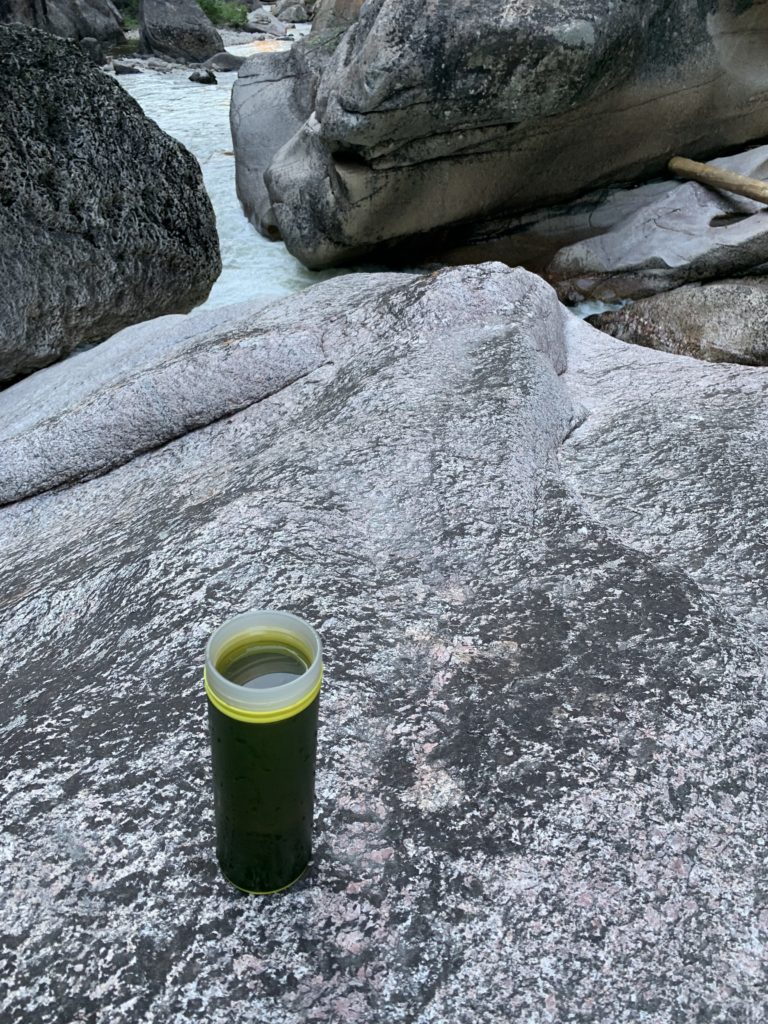
So what can be done?
Awareness…
Start with awareness. Be cognizant of your purchases and realize that while you are just one person, and you won’t make a dent in such a large problem, that if everyone were to do the same, we could collectively reduce our plastic consumption. Every time you leave the house, grab your reusable water bottle to fill up instead of purchasing a single use plastic bottle.
Refuse, Reduce, Reuse, Recycle…
Vote with your dollars. Opt for a reusable water bottle instead of a single use plastic one. Ask for a reusable mug or glass at a restaurant. Take your reusable mug or bottle with you for a drink refill on the go. A reusable water bottle can be a great gift idea! Throw a few stickers on it and it is a great souvenir from your travels. Encourage friends and family to use a water bottle. Talk about the impacts of single use plastic.
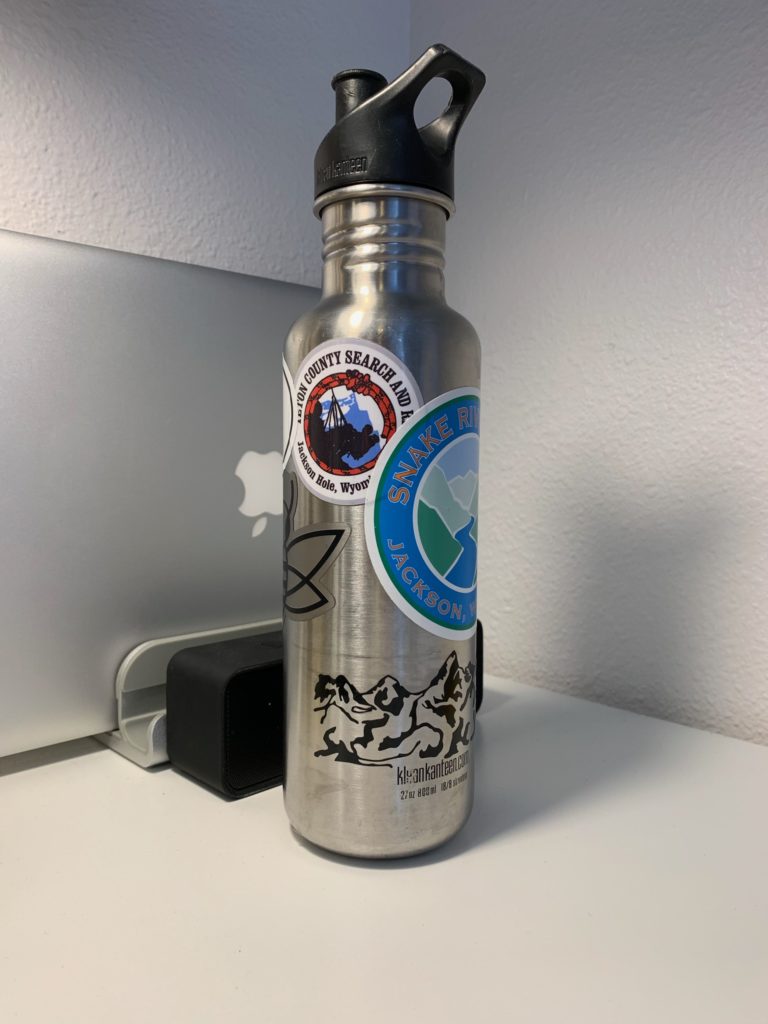
Show us your Sustainable Side!
Have you been on a trip with us? Do you still have your water bottle? Well, the next time you’re out and about, snap a photo of that little metal bottle in its natural environment. Post it to Instagram with the hashtag #ReuseWildly and don’t forget to tag @jacksonholesafaris.
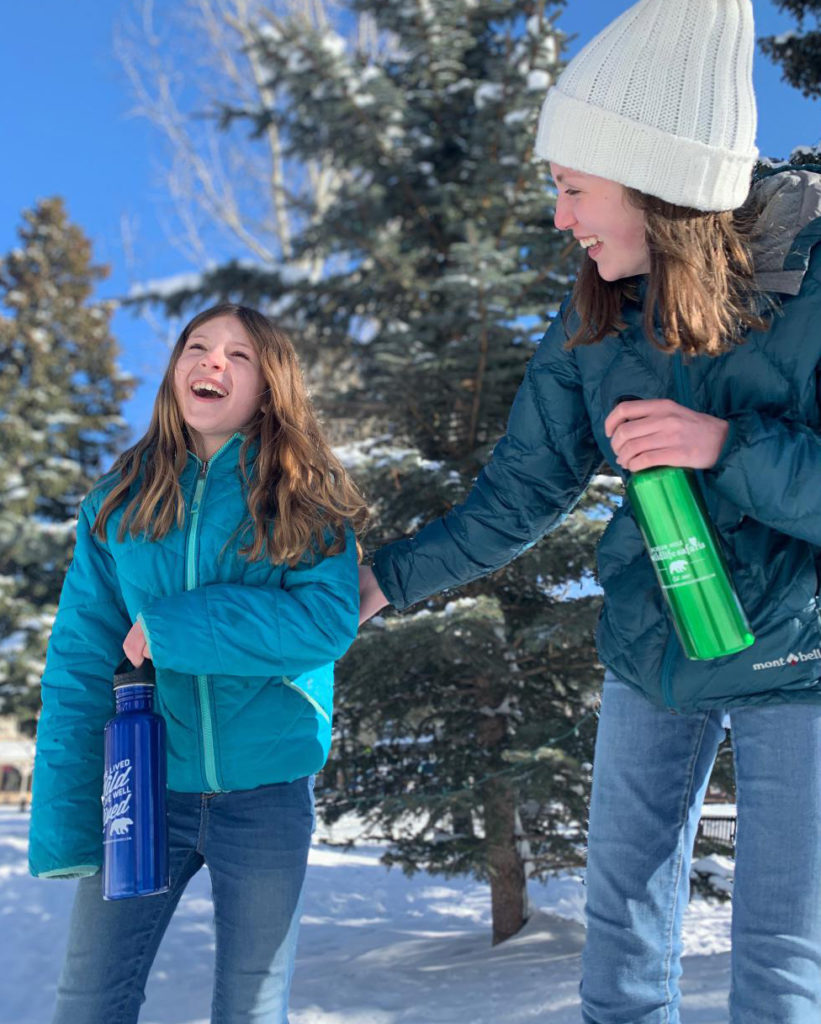
Jackson Hole Wildlife Safaris combines a love of adventure with a passion for wildlife and wild spaces to create a premium, once in a lifetime experience exploring the natural world. It is our belief that active stewardship is the only way to ensure the same experience for future generations. This is why Jackson Hole Wildlife Safaris is committed to a culture of sustainability and is dedicated to purchasing products, establishing partnerships and educating the public in a way that values the protection and conservation of our most valuable resources.
Curious about other ways to be sustainable? Read about our transportation options in Jackson Hole in our Sustainability Series – Transportation.
See the National Parks sustainably by booking a wildlife tour on an open safari. When multiple families or couples book together, we can travel through the parks with one fuel-efficient vehicle instead of multiple vehicles. As a bonus, you get to meet people from all over the world. Who knows, you may end up with a new friend while traveling sustainably through Grand Teton and Yellowstone National Park. If you’re just here for the water bottle, that’s great. We’re happy to have you.
Sources
https://www.earthday.org/2018/03/29/fact-sheet-single-use-plastics/
http://plasticadrift.org/?lat=46.8&lng=-60.3¢er=14.8&startmon=jan&direction=fwd
http://www.ecotox.ugent.be/microplastics-bivalves-cultured-human-consumption
https://www.plymouth.ac.uk/news/pr-opinion/plastic-pollution-and-the-planet

